
Ecopeak4Fish explained in one infographic video
The making of this video emerged naturally from the logo designer who knows that “a picture is worth a thousand words”.

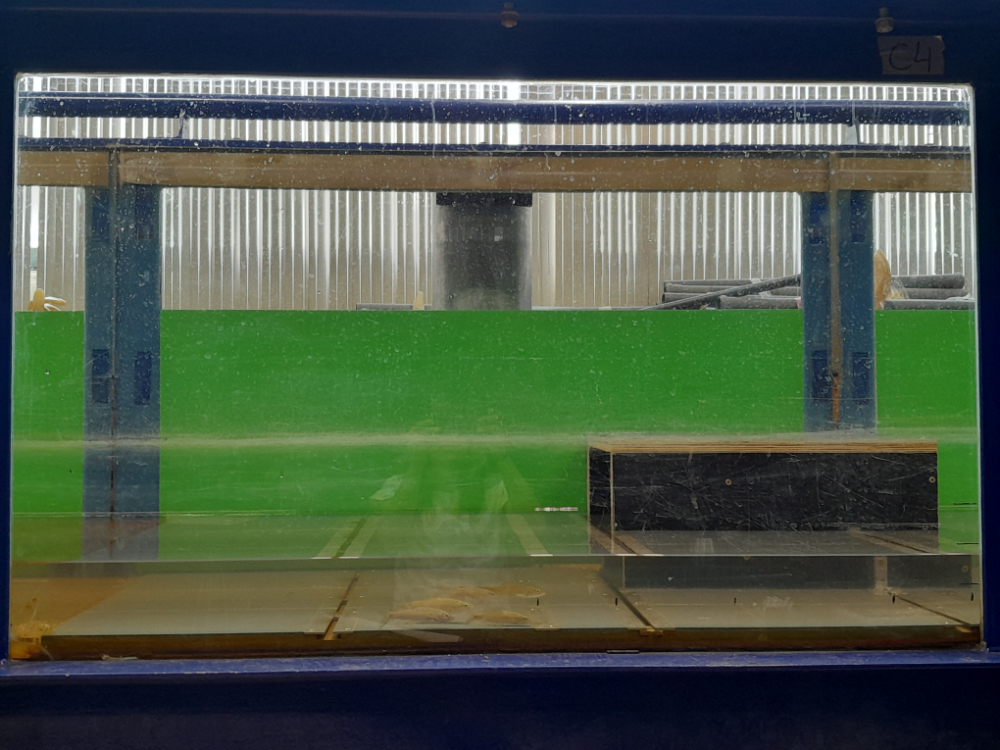
Selection of the best flow-refuge for an Iberian cyprinid under peak flows in flume conditions
This spring we concluded the flume experiments to select the best type of flow-refuge for Iberian cyprinids to install downstream of small hydropower plants.
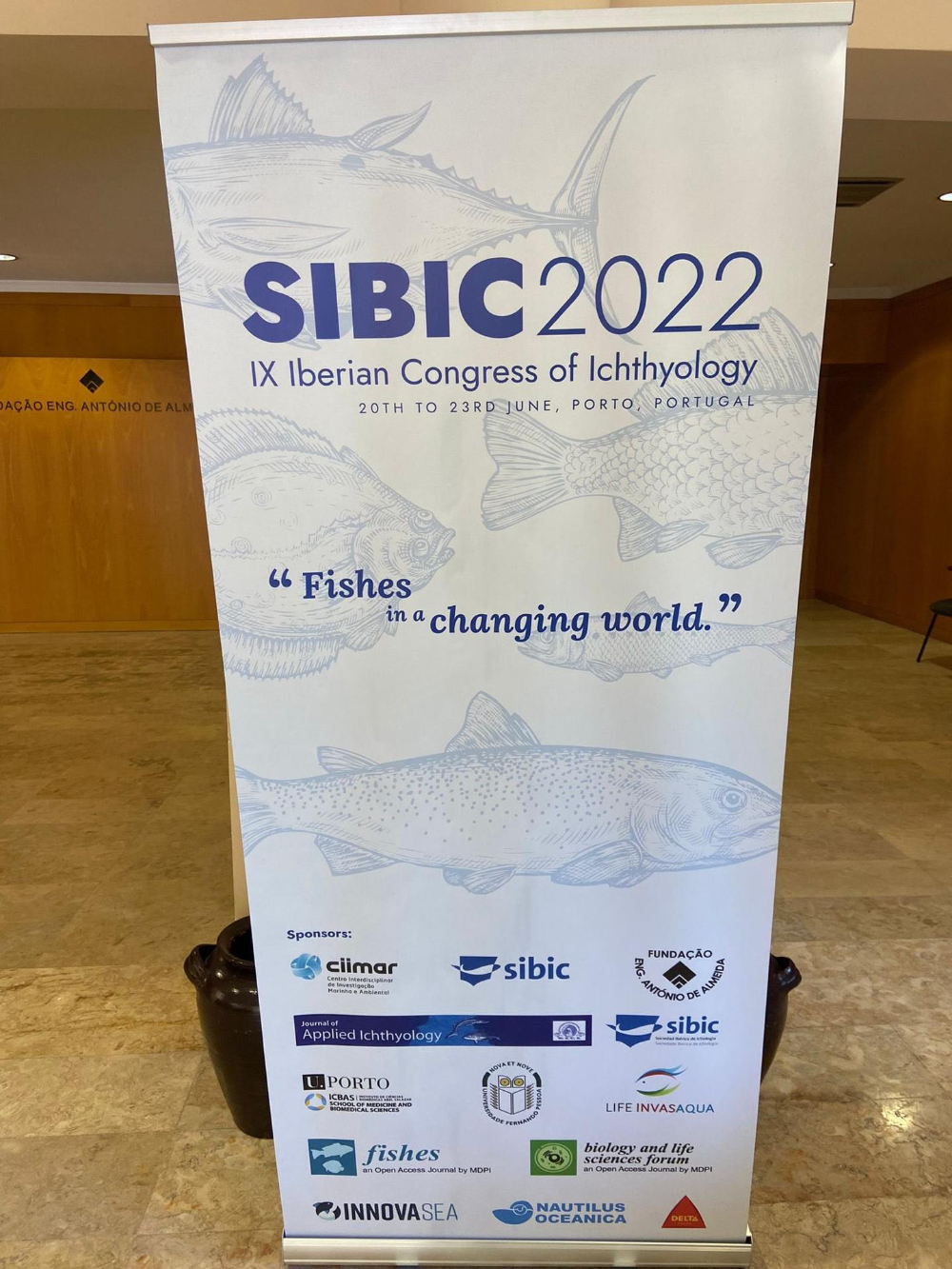
SIBIC 2022 - IX Iberian Congress of Ichthyology
Between the 20th and the 23rd of June, two young researchers from the EcoPeak4Fish team, travelled to the city of Porto for the 9th edition of the SIBIC congress.

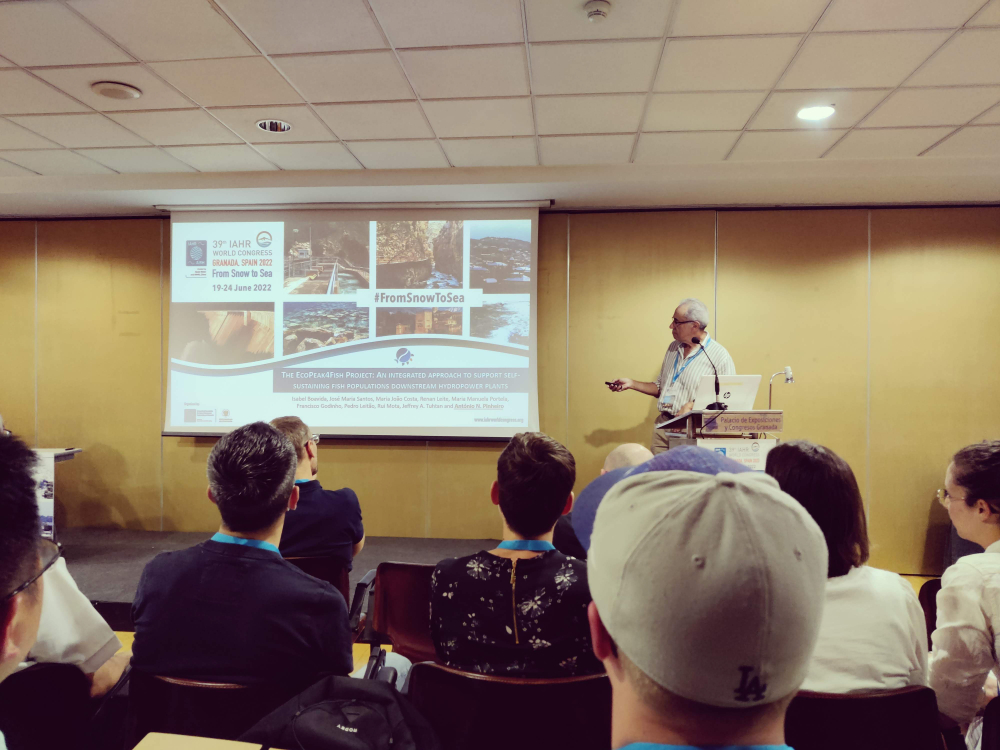
39th IAHR World Congress, From Snow to Sea
Professor António Pinheiro, from the EcoPeak4Fish team, presented the project structure and goals in his communication entitled “The EcoPeak4Fish Project: An integrated approach to support self-sustaining fish populations downstream hydropower plants”.
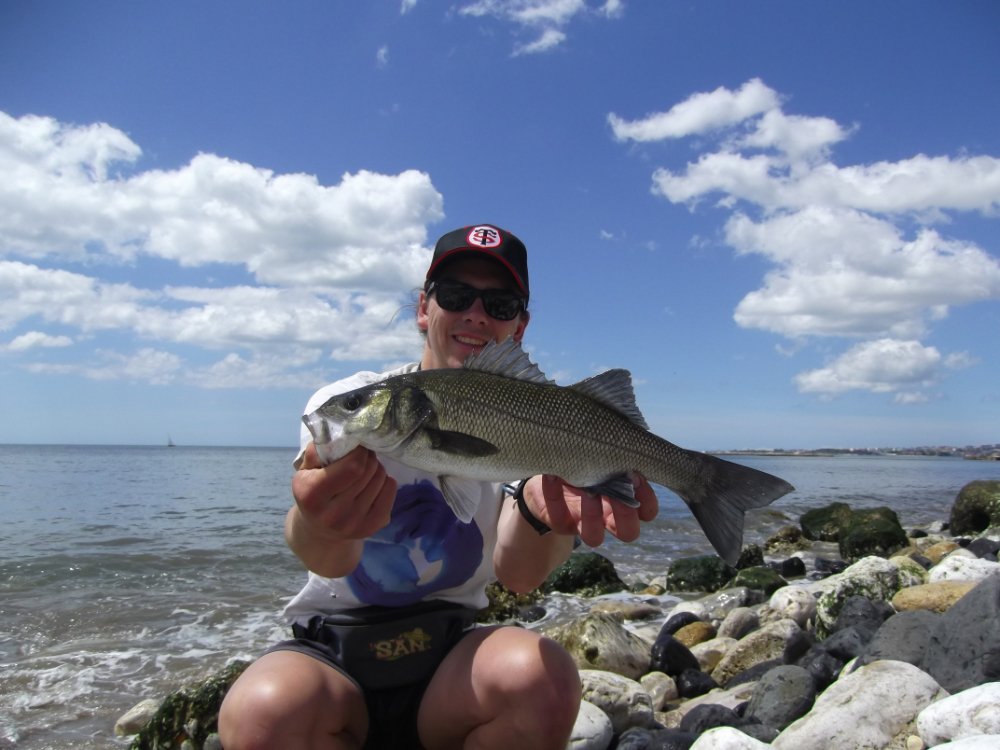
Internship: meet Anthony Merianne
Originally from Toulouse, Anthony Merianne, 23 years old, is a master’s student at Ense3, École d'ingénieurs des transitions spécialisée dans l'énergie, l'hydraulique et l'environnement in Grenoble.

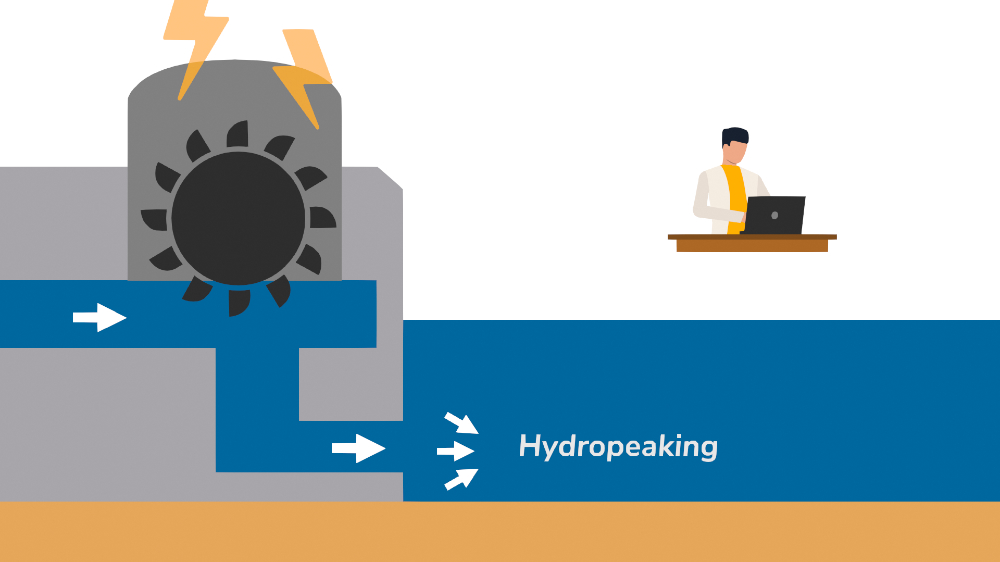
Ecopeak4Fish explained in one infographic video
The making of this video emerged naturally from the logo designer who knows that “a picture is worth a thousand words”. Ricardo thought that translating thousands of words into a 3-minute video would be beneficial for those who want to learn about EcoPeak4Fish through an accessible and simple communication channel and, most importantly, to captivate the audience. The team happily accepted the challenge and, a few months later, the result is here.
The process was challenging, slow-paced and creatively enriching. From the thousands of words written in the original text, we were able to conceive a plot that could tell the EcoPeak4Fish story in three minutes. It was not an easy process to bring those words into an image. However, Ricardo’s creative mind sharply understood the concepts related to hydropower production, its impacts on freshwater biodiversity and the need to develop innovative solutions to mitigate them. Finally, he could smoothly assemble these concepts like pieces from a puzzle.
What will you see in the video? An introduction to the problem and the importance to address it, the project objectives, the team, structure and expected outputs and the dynamic interconnection between tasks. We hope that you enjoy it as much as we do!
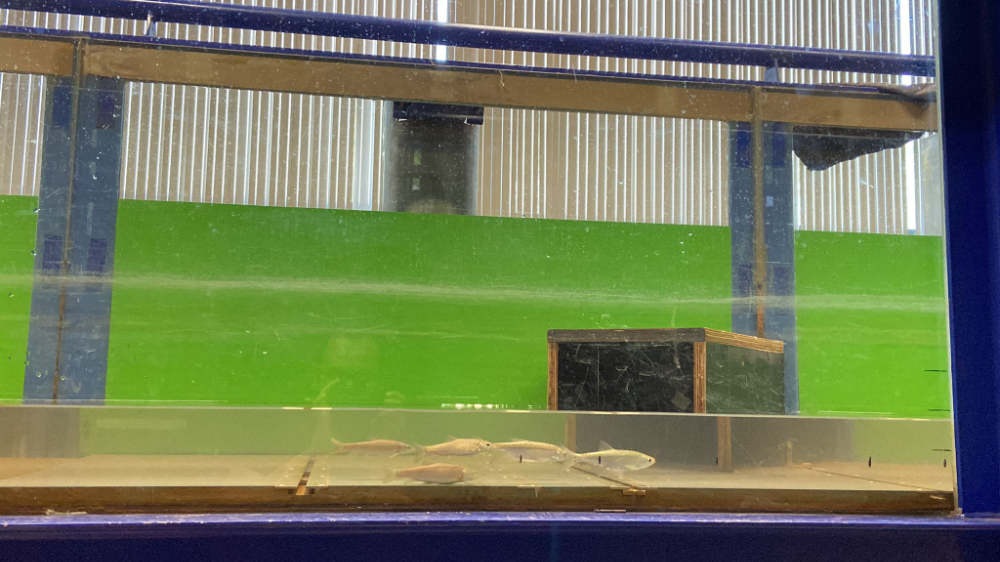
Selection of the best flow-refuge for an Iberian cyprinid under peak flows in flume conditions
This spring we concluded the flume experiments to select the best type of flow-refuge for Iberian cyprinids to install downstream of small hydropower plants. In May of 2022, we tested two types of flow-refuges that differed in the angle of insertion to the flume wall. The tested angles, i.e., 45° and 0°, created distinct hydraulic conditions and approach possibilities to the flow-refuge by Iberian barbels. The goal was to examine if the flow-refuge that performed best during the autumn experiments (i.e., 45°) was actually better than a flow-refuge with a parallel angle of approach (i.e., 0°) in relation to flow in peak conditions. Following the same methods of the autumn trials, we attached two of each type of flow-refuge on one side of the flume wall, upstream and downstream.
For the first time, we tested the effect of an invasive fish species, the bleak (Alburnus alburnus), on the ability of native Iberian barbels to successfully use the flow-refuges. There were two main reasons for this research idea: 1) the role of invasive species for native freshwater biodiversity loss and, more specifically, 2) the utility of flow-refuges for native fish species in the presence of an invasive species.
The preliminary observations suggest that Iberian barbels prefer the 45°-angle flow-refuge in comparison to the 0°-angle, especially during peak flow. However, for the 45°-angle and in the presence of bleak, the overall picture changes a little: Iberian barbels seem to be more reluctant in using the flow-refuge. Not only the created hydraulic conditions but also the presence of an invasive species seem to affect the effective use of flow-refuges in peak-flow conditions. These results sound promising, so the next step is to dive into data analysis!
We are now ready to up-scale the flow-refuge and deploy it in our test cases. Stay tuned!

SIBIC 2022 - IX Iberian Congress of Ichthyology
Between the 20th and the 23rd of June, two young researchers from the EcoPeak4Fish team, travelled to the city of Porto for the 9th edition of the SIBIC congress. SIBIC is an international meeting on Ichthyology, that is to say, the science devoted to the study of fishes. In the Fundação Engenheiro António de Almeida, Renan Leite and Anthony Merianne had the opportunity to see the work of many researchers from different backgrounds and countries. Every day, they attended the presentations of the very last studies made in Portugal, Spain, Australia, Argentina, and many more. Yes, it is an Iberian congress, but everyone wants to join!
This was their first presentation at an international conference, where they presented the EcoPeak4Fish project and the first results of the flume experiments. A bit nervous, they totally succeeded and celebrated around a glass of Porto wine at one of the conference social events. Because yes, they did not only work but also discovered this beautiful city. From the CIIMAR laboratory to the Porto wine cellars, their trip was embellished by cultural visits. More than just the city, they met many researchers during the nice lunch breaks and the gala dinner, which were included in the congress program. They had the opportunity to meet scientists from all over the world, to know the latest research trends regarding fish conservation strategies, river protection and novel tools, and to share their own research ideas. I can tell you that they came back full of experiences and stories about trouts, eels and barbels. They can’t wait to come back next year to present their novel results of flow-refuge models to mitigate hydropeaking and new approaches to assess fish behaviour.

39th IAHR World Congress, From Snow to Sea
Professor António Pinheiro, from the EcoPeak4Fish team, presented the project structure and goals in his communication entitled “The EcoPeak4Fish Project: An integrated approach to support self-sustaining fish populations downstream hydropower plants”. He presented the EcoPeak4Fish project at the 39th IAHR World Congress, which took place in Granada, Spain, between June 19-24, 2022, within Theme 3 – Environmental Hydraulics and Urban Water Cycle. Originally planned for July 2021, this congress was postponed to 2022 due to the outbreak of COVID-19. The central theme of the Congress was “From Snow to Sea”, linking the past with the present and focusing attention on the importance of considering the integral water cycle to address present and future challenges.
The congress provided an amazing experience and a great atmosphere to the more than 1200 participants from 70 countries, featuring 98 oral regular sessions and 143 posters, exhibitions and networking, social events, workshops and master classes.
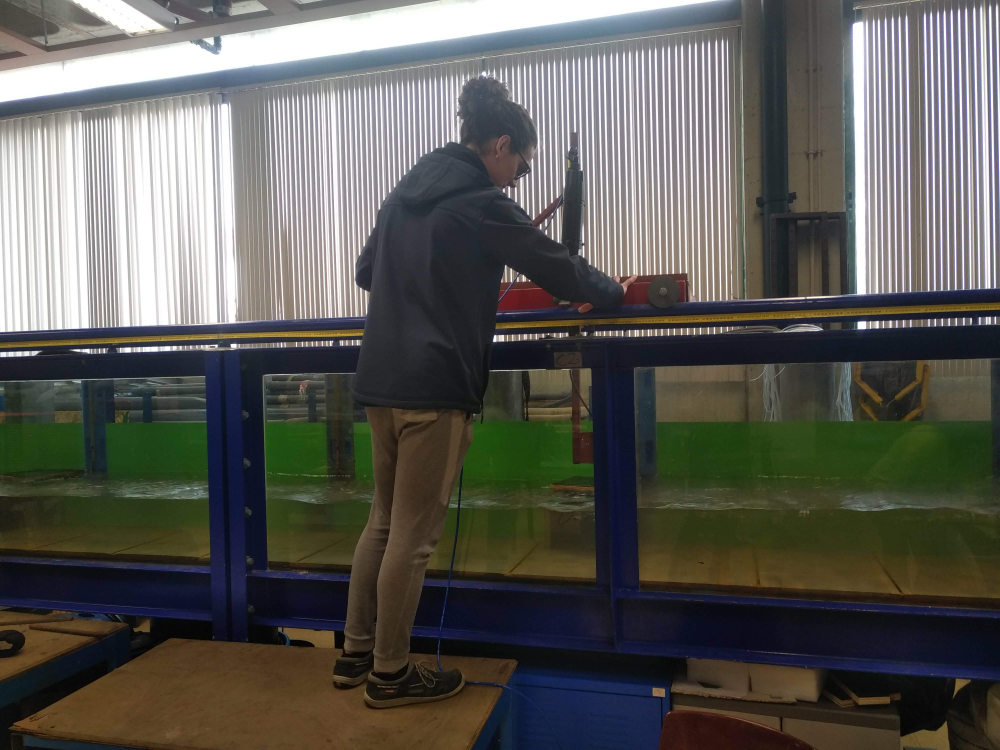
Internship: meet Anthony Merianne
Originally from Toulouse, Anthony Merianne, 23 years old, is a master’s student at Ense3, École d'ingénieurs des transitions spécialisée dans l'énergie, l'hydraulique et l'environnement in Grenoble. During his last year at the university, he decided to come to Portugal to learn more about cyprinid fish and the impacts of hydropower on freshwater fish. “Nicolas Lamouroux told me about the work you were doing, and then, I saw the EcoPeak4Fish website, and I liked it a lot”, he said. “Also, the general mood around the country and the sunshine captivated me.”
Anthony arrived in February 2022 to help in the laboratory and fieldwork. With his background in hydraulics, he conducted ADV measurements at our indoor flume for different flow-refuge configurations at base and peak flows and analysed that data. After, he used the Telemac software, from France, to run the hydrodynamic simulations for the river stretches downstream of Bragado and Covas do Barroso hydropower plants. Those outputs will be imported to Habby software to calculate the fish habitat, a software Anthony used before during an internship he made at ECOGEA Company in Toulouse.
In the last month of June, Anthony went to SIBIC, the IX Iberian Congress of Ichthyology. He was thrilled - “It was really great, I really enjoyed it because there were so many people passionate about rivers and fish, all of them wishing to improve our knowledge on how to protect the rivers”, he said. Anthony presented the first results from EcoPeak4Fish project regarding the analysis of the flow-refuge preferences of Iberian barbels during pulsed flows in flume conditions.
Anthony is passionate about fishing; he heard about Alqueva Lake and was thrilled to come and fish there. With the EcoPeak4Fish project, he learnt about the threats imposed by invasive species; and how important it is to preserve native species and freshwater biodiversity in general. “I changed my way to see it. Now I understand why we can find the same species in Portuguese and French lakes”, he says.
Besides fishing, the internship was an opportunity for Anthony to improve his English skills, meet new people and visit Portugal – “I met great people, Portuguese and from abroad! The country, the landscape, the culture, the food, the wine. The beautiful Alentejo landscape, and the nice fishing lakes”, he says with a bright smile. “The Alqueva lake is very different from what I was used to in France. The species are the same, but here they are invasive.”
When we ask him if he wants to come back, he has no doubt “- Yes, I really think so, for work or just for holidays. Just don’t know when and for what”, he smiles.





